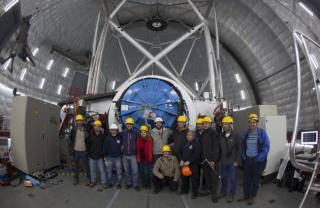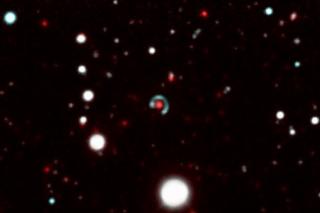
Rafael Rebolo, Director of the Instituto de Astrofísica de Canarias (IAC), represented this Severo Ochoa Centre of Excellence whose award was renewed last year
Advertised on
This section includes scientific and technological news from the IAC and its Observatories, as well as press releases on scientific and technological results, astronomical events, educational projects, outreach activities and institutional events.





